In this study guide, learn more about Hand, foot, and mouth disease or HFMD, and discover more about its pathophysiology, causes, signs and symptoms, nursing care management, and interventions.
Hand, foot, and mouth disease or HFMD is a common viral infection that is common in young children under age 10. Teens and adults can seldom acquire an infection. HFMD is caused by Coxsackievirus A16 and Enterovirus 71. It usually occurs in the summer and early fall. HFMD is usually not serious. Regular hand-washing and withdrawing close contact with people who are infected with hand-foot-and-mouth disease may help reduce the risk of infection.
What is Hand, Foot, and Mouth Disease (HFMD)?
Hand-foot-and-mouth disease (HFMD) is an acute viral illness that presents as a vesicular eruption in the mouth, but it can also involve the hands, feet, buttocks, and/or genitalia.
- Coxsackievirus A type 16 (CV A16) is the etiologic agent involved in most cases of HFMD, but the illness is also associated with coxsackievirus A5, A7, A9, A10, B2, and B5 strains.
- Enterovirus 71 (EV-71) has also caused outbreaks of HFMD with associated neurologic involvement in the western Pacific region.
- Hand, foot, and mouth disease is often confused with foot-and-mouth disease (also called hoof-and-mouth disease), which affects cows, sheep, and pigs.
- The illness is usually not serious, but it is very contagious; it spreads quickly at schools and day care centers.
Pathophysiology
The pathophysiology of HFMD involves the following:
- Infection generally occurs via the fecal-oral route or via contact with skin lesions and oral secretions.
- Viremia develops, followed by invasion of the skin and mucous membranes.
- Widespread apoptosis likely results in the characteristic lesion formation.
Causes
Hand, foot, and mouth disease is caused by viruses that belong to the Enterovirus family.
- Coxsackievirus A16. Coxsackievirus A16 is typically the most common cause of hand, foot, and mouth disease in the United States. Other coxsackieviruses can also cause the illness.
- Coxsackievirus A6. Coxsackievirus A6 can also cause HFMD and the symptoms may be more severe.
- Enterovirus 71 (EV-A71). Enterovirus 71 (EV-A71) has been associated with cases and outbreaks in East and Southeast Asia. Although very rare, EV-A71 has been associated with more severe diseases, such as encephalitis.
Transmission
A person could get HFMD through the following:
- Breathing air after a sick person coughs or sneezes.
- Touching a sick person or making other close contact, like kissing, hugging, or sharing cups or eating utensils.
- Touching a sick person’s feces, such as changing diapers, then touching your eyes, nose, or mouth.
- Touching objects and surfaces that have the virus on them, like doorknobs or toys, then touching your eyes, nose, or mouth.
Statistics and Incidences
Epidemics of HFMD generally occur in the summer to early fall months, although cases can occur sporadically all year.
- HFMD epidemics associated with EV-71 have been more frequent in Southeast Asia in recent years, including Taiwan (1998) and Singapore (2000).
- Risk factors in these epidemics include attendance at child care centers, contact with HFMD, large family number, and rural residence.
- Most reports indicate that HFMD has no sexual predilection; some epidemic data observe a slight male-to-female predominance ratio of 1.2-1.3:1.
- Children younger than 10 years are most commonly affected with HFMD, and subsequent outbreaks among family members and close contacts may develop.
Clinical Manifestations
Most children have mild symptoms for 7 to 10 days.
- Fever and flu-like symptoms. Children often get a fever and other flu-like symptoms three to six days after they catch the virus; symptoms may include fever, eating or drinking less, sore throat and feeling unwell.
- Mouth sores. One or two days after the fever starts, the patient may get painful mouth sores (herpangina); these sores usually start as small red spots, often in the back of that mouth, that blister and can become painful.
- Skin rash. The patient may get a skin rash on the palms of the hands and soles of the feet; it may also show up on the knees, elbows, buttocks, or genital area; the rash usually looks like flat, red spots, sometimes with blisters; fluid in the blister and the scab that forms as the blister heals may contain the virus that causes hand, foot, and mouth disease.
Assessment and Diagnostic Findings
The diagnosis of hand-foot-and-mouth disease (HFMD) is typically based on clinical grounds; laboratory studies are usually unnecessary.
- Culture. The virus can be isolated and identified via culture and immunoassay from cutaneous lesions, mucosal lesions, or stool samples; in patients with vesicles, vesicle swabs are also a good source for viral collection.
- Serologic testing. Serologic testing (eg, acute and convalescent antibody levels) may be obtained.
Medical Management
There is no specific medical treatment for hand, foot, and mouth disease.
- Relieve fever and pain. Take over-the-counter medications to relieve fever and pain caused by mouth sores; never give aspirin to children.
- Prevent dehydration. Drink enough liquids; mouth sores can make it painful to swallow, so the patient might not want to drink much; make sure they drink enough to stay hydrated.
Pharmacologic Management
The goals of pharmacotherapy are to reduce morbidity and to prevent complications.
- Antipyretics/analgesics. These agents are used to control fever and pain.
- Topical anesthetics. These agents can be applied to ulcerations to control pain.
- Antihistamines. These agents act by competitive inhibition of histamine at the H1 receptor.
Nursing Management
Nursing care of a patient with hand, foot, and mouth disease include the following:
Nursing Assessment
Nursing assessment of a patient with HFMD may include:
- History. The incubation period of hand-foot-and-mouth disease (HFMD) lasts approximately 1 week; patients then report a sore mouth or throat; malaise may develop; rarely, vomiting occurs in HFMD cases caused by EV-71.
- Physical exam. Initially, macular lesions appear on the buccal mucosa, tongue, and/or hard palate; these mucosal lesions rapidly progress to vesicles that erode and become surrounded by an erythematous halo.
Nursing Diagnosis
Based on the assessment data, the major nursing diagnosis for a patient with HFMD are:
- Impaired oral mucous membrane related to dehydration and mouth sores.
- Imbalanced nutrition: less than body requirements related to decrease in appetite due to painful mouth sores.
- Impaired skin integrity related to skin lesions on hands and feet.
- Risk for infection related to decrease in immunity.
- Acute pain related to painful mouth sores.
Nursing Care Planning and Goals
The nursing care plan goals for a patient with HFMD includes:
- Improve the integrity of the skin and mucous membranes.
- Improve nutritional intake.
- Prevent infection.
- Relieve pain.
Nursing Interventions
The nursing interventions for a patient with HFMD are:
- Improve the condition of the oral mucous membranes. Plan and implement a meticulous mouth care regimen after each meal regularly and every 4 hours while awake; provide systemic or topical analgesics as prescribed; serve foods and fluids lukewarm or cold; serve frequent small meals or snacks spaced throughout the day; encourage soft foods (e.g., mashed potatoes, puddings, custards, creamy cereals); and encourage the use of straw.
- Improve skin integrity. Monitor status of skin around wound; monitor patient’s skin care practices, noting the type of soap or other cleansing agents used, temperature of water, and frequency of skin cleansing; tell patients and folks to avoid rubbing and scratching; and provide gloves or clip the nails if necessary.
- Improve nutritional intake. Ascertain healthy body weight for age and height; refer to a dietitian for complete nutrition assessment and methods for nutritional support; provide a pleasant environment; provide good oral hygiene and dentition; and consider six small nutrient-dense meals instead of three larger meals daily to lessen the feeling of fullness.
- Prevent infection. Wash hands and teach patient and SO to wash hands before contact with patients and between procedures with the patient; encourage intake of protein-rich and calorie-rich foods; encourage fluid intake of 2,000 to 3,000 mL of water per day, unless contraindicated; recommend the use of soft-bristled toothbrushes to protect mucous membranes; and teach the patient, family, and caregivers, the purpose and proper technique for maintaining isolation.
- Relieve pain. Provide rest periods to promote relief, sleep, and relaxation; get rid of additional stressors or sources of discomfort whenever possible; and determine the appropriate pain relief method.
Evaluation
Goals are met as evidenced by:
- Improved integrity of the skin and mucous membranes.
- Improved nutritional intake.
- Prevention of infection.
- Relief from pain.
Documentation Guidelines
Documentation in a patient with HFMD include:
- Individual findings, including factors affecting, interactions, nature of social exchanges, specifics of individual behavior.Cultural and religious beliefs, and expectations.
- Plan of care.
- Teaching plan.
- Responses to interventions, teaching, and actions performed.
- Attainment or progress toward the desired outcome.
References
Sources and references for this study guide for HFMD:
- Black, J. M., & Hawks, J. H. (2005). Medical-surgical nursing. Elsevier Saunders,. [Link]
- Kimberlin, D. W. (2018). Red Book: 2018-2021 report of the committee on infectious diseases (No. Ed. 31). American academy of pediatrics.
- Oshinsky, D. M. (2005). Polio: an American story. Oxford University Press. [Link]
- Willis, L. (2019). Professional guide to diseases. Lippincott Williams & Wilkins. [Link]



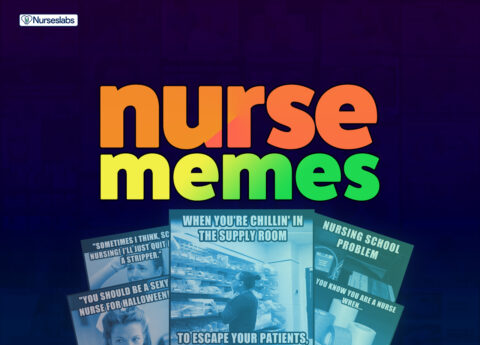


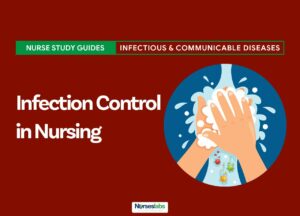

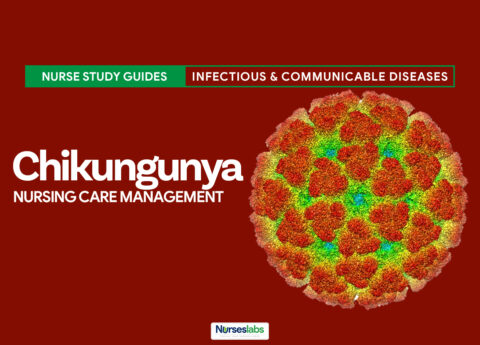
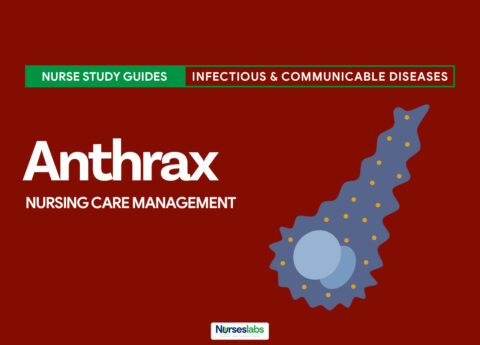





















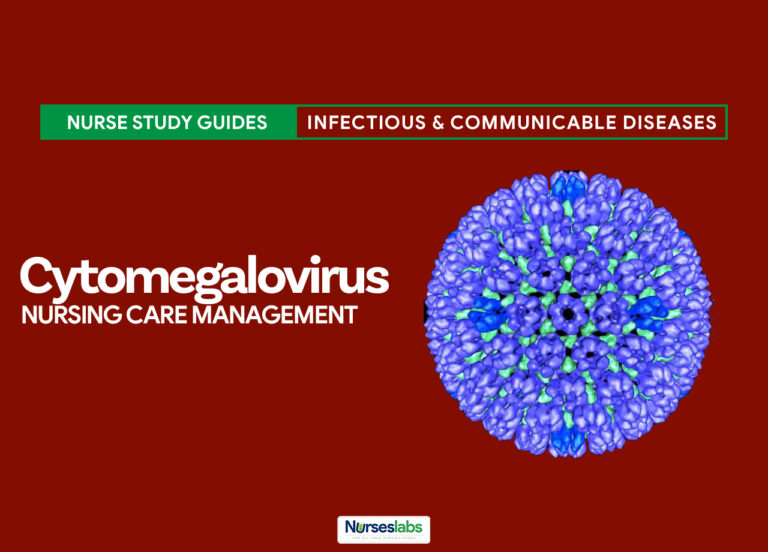





Leave a Comment